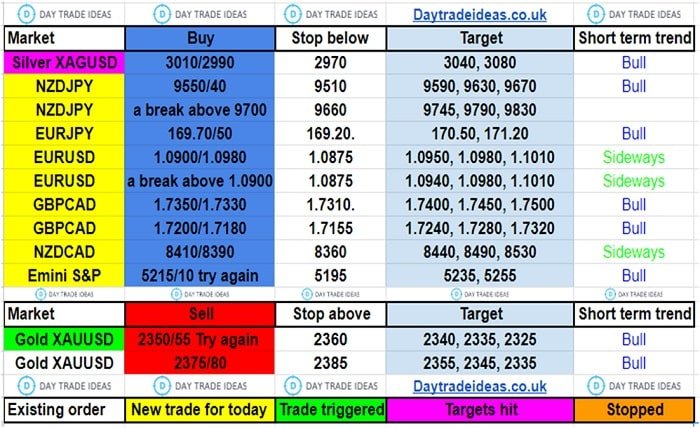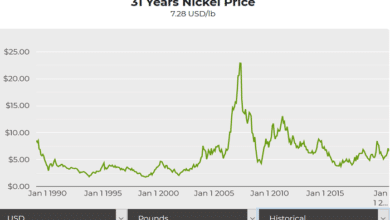
Introduction
The factors of 52 in pairs is crucial for both students and educators as it lays the foundation for more complex mathematical concepts. In this post, we will explore each pair of factors, discuss their significance, and how they are applied in various mathematical scenarios.
What Are Factors?
Factors are numbers that divide a given number without leaving a remainder. The factors of 52, therefore, are the numbers that, when multiplied in pairs, result in 52. This fundamental concept is essential in various branches of mathematics and real-world applications.
The Significance of Factor Pairs
Exploring the factors of 52 in pairs is not just a mathematical exercise; it has practical implications in fields like algebra, where these concepts are applied to solve equations and problems involving divisibility and multiples.
Pair 1: 1 and 52
The first and most straightforward pair of factors of 52 is 1 and 52. This pair is particularly important as it demonstrates the number itself and one, highlighting the basics of factorization.
Pair 2: 2 and 26
Another pair of factors of 52 is 2 and 26. This pairing is utilized in problems involving even numbers and teaches essential lessons about the divisibility by 2, a crucial skill in reducing fractions and simplifying equations.
Pair 3: 4 and 13
The factors of 52 that form the pair 4 and 13 are vital for understanding higher-level multiplication and divisibility rules. This pair can be particularly intriguing due to the involvement of the prime number 13.
Factors in Real Life
The concept of factors of 52 in pairs extends beyond the classroom; it is used in real-world scenarios such as financial calculations, computer science for algorithm development, and even in constructing schedules where divisibility plays a key role.
Factors and Fractions
Understanding the factors of 52 is invaluable when dealing with fractions. Knowing that 4 and 13 are factors, for instance, can simplify fractions like 52/104 by recognizing that both the numerator and denominator share common factors.
Factors in Problem Solving
In mathematical problem-solving, the factors of 52 can simplify complex problems. By breaking numbers down into their factor pairs, students and mathematicians can tackle larger, more daunting problems with ease.
The Beauty of Mathematics
The factors of 52 in pairs also reveal the inherent beauty of mathematics. The symmetry and patterns observed in these pairs highlight the order and predictability of mathematical laws, a fascinating aspect for those who appreciate mathematical aesthetics.
Conclusion
The factors of 52 in pairs offer more than just numbers; they provide insights into the fundamental principles of mathematics. Whether used in academic settings or practical applications, these factor pairs serve as building blocks for various mathematical concepts and real-world solutions.
icloud gu simplifies your iCloud management, offering secure access to your data from any device. Learn how to optimize storage, backup, and retrieve files with ease using iCloud GU features.
FAQs
What are the factors of 52?
The factors of 52 are 1, 2, 4, 13, 26, and 52.
How many pairs of factors does 52 have?
52 has three pairs of factors: 1 and 52, 2 and 26, and 4 and 13.
Why are factor pairs important in mathematics?
Factor pairs are crucial as they help simplify calculations, solve problems, and understand the structure and properties of numbers.
Can knowing the factors of 52 help in other subjects besides math?
Yes, understanding the factors of 52 can help in subjects like physics and engineering, where calculations and problem-solving are frequent.
How can educators teach the concept of factors effectively?
Educators can teach factors effectively by using real-life examples, interactive activities, and by linking the concept to its applications in real-world scenarios and other areas of mathematics.
Explore the latest tech trends, news, and updates on trendzguruji.me . Stay informed on gadgets, software, innovations, and digital trends with expert insights and reviews. Visit Trendzguruji.me now!





